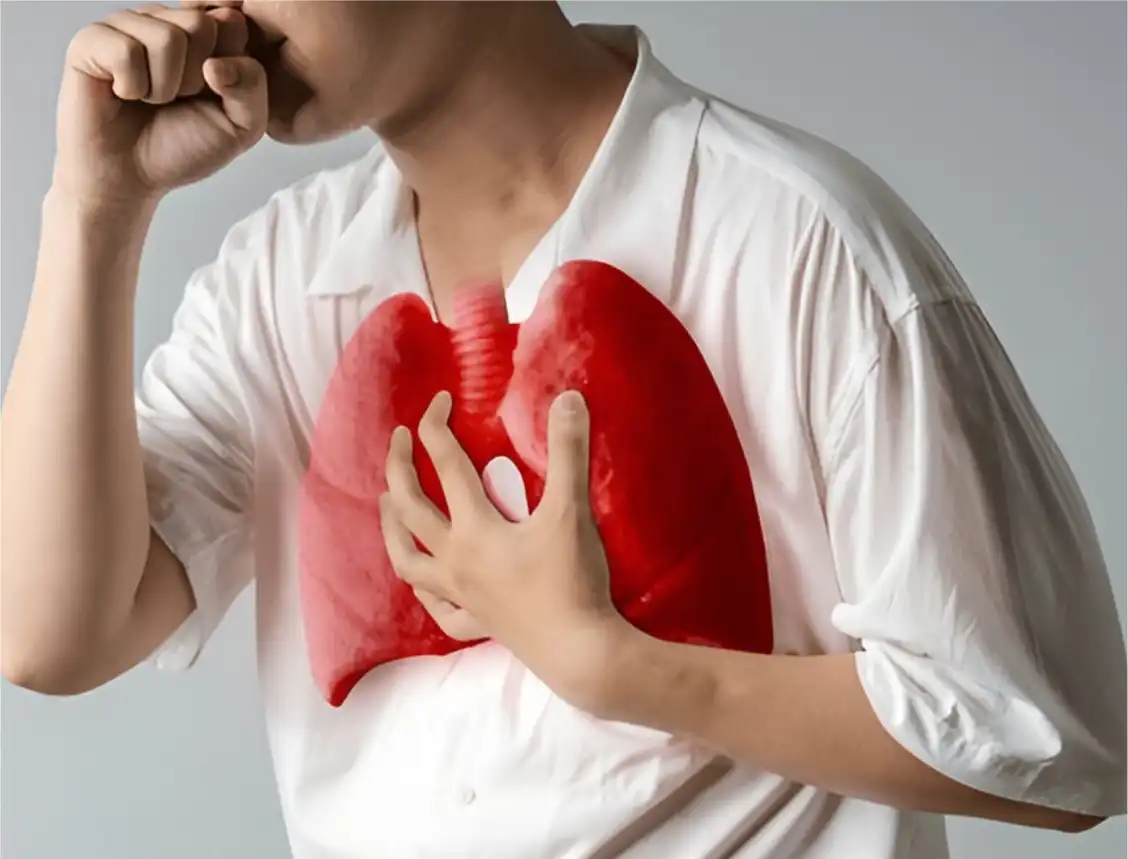Understanding Interstitial Lung Disease (ILD)
Home > Blogs > Understanding Interstitial Lung Disease (ILD)



Our lungs are amazing organs that work all the time to bring oxygen into our bodies. But these important structures can sometimes have problems that make it hard for us to breathe. Interstitial Lung Disease (ILD) is one of these groups of conditions. ILD is a serious problem that affects thousands of people and causes progressive damage to the delicate lung tissue. It's not talked about as much as asthma or COPD. The first step to managing ILD well and getting the right help is to learn about it.
What is the disease called Interstitial Lung Disease?
More than 200 chronic lung diseases fall under the term "Interstitial Lung Disease." The common thread that runs through all of them is that they all cause inflammation and, over time, scarring (fibrosis) of the interstitium. The interstitium is a lace-like network of tissue that holds up the tiny air sacs (alveoli) in your lungs. When this tissue gets inflamed and scarred, it gets thicker and stiffer. This makes it hard for the lungs to fully expand and for oxygen to easily get into your blood. This damage is often permanent and can get worse over time.
There are many kinds of ILD, but some of the most common are Idiopathic Pulmonary Fibrosis (IPF), which causes scarring for no known reason, and ILD that is linked to autoimmune diseases like rheumatoid arthritis or scleroderma. Certain environmental toxins or job hazards can also make it more likely to happen.
Recognising the Signs: ILD Symptoms
The hard part about ILD is that its symptoms can be hard to notice at first and are often similar to those of other, more common respiratory conditions. A lot of people don't notice any symptoms until the disease has gotten worse. As the condition gets worse, though, these are some common signs:
Shortness of breath: This is usually the most noticeable symptom. It starts with physical activity and gets worse over time, even when you're resting.
A dry cough is a cough that doesn't bring up mucus and doesn't go away.
Fatigue: Feeling tired or weak in a way that is not normal, even after getting enough sleep.
Weight loss: In some cases, losing weight for no reason can also be a sign.
If you have any of these symptoms that won't go away, especially if they are getting worse, you need to see a doctor right away.
Modern and complete treatments for lung disease
A thorough physical exam, pulmonary function tests, and a CT scan are all common parts of a diagnosis. A CT scan is a type of imaging that shows the inside of the body. A lung biopsy may be needed to make a final diagnosis at times.
There is no cure for many types of ILD, but Lung Disease Treatments have come a long way in slowing the disease's progression, controlling symptoms, and making life better. The treatment plans are very different for each person and depend on the type of ILD, how bad it is, and the person's overall health. Some of these are:
Medications: Anti-fibrotic drugs like pirfenidone and nintedanib can help some types of progressive ILD's lung function decline more slowly. If inflammation is a big part of the problem, immunosuppressants may be used.
Oxygen Therapy: Many people with ILD will need extra oxygen to help with their shortness of breath and make sure their blood has enough oxygen. A lot of people use this kind of nonsurgical lung treatment.
Pulmonary Rehabilitation: This all-inclusive programme includes exercise training, breathing techniques, education, and nutritional counselling to help patients deal with their symptoms, get in better shape, and feel better overall.
Changes to your lifestyle: If you have ILD, quitting smoking and staying away from things that irritate your lungs are very important.
The Best Lungs Treatment Hospital in Bhuj for Finding Expert Care
When you have a complicated illness like Interstitial Lung Disease, it's very important to choose a facility that specialises in Chest & Respiratory Diseases. Finding the Best Lungs Treatment Hospital in Bhuj means getting full care close to home for people who live in the area.
A top hospital that specialises in respiratory care will have not only advanced diagnostic tools but also a team of pulmonologists, radiologists, pathologists, and respiratory therapists who work together. This hospital, which is also the Best Lung Infections Treatment Hospital, makes sure that all of your lung health needs, from ILD to other breathing problems, are met in one place. They can give patients the detailed Lungs Treatment and ongoing support they need to deal with chronic conditions like ILD, which helps them breathe easier and live a better life.